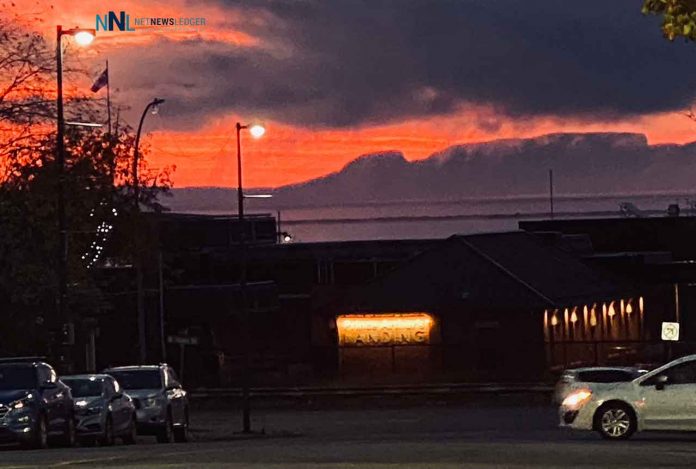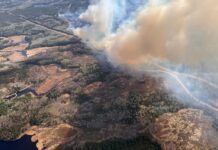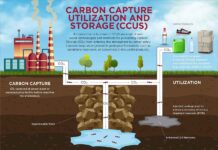THUNDER BAY – Climate – The unseasonably warm December weather has had am impact on Lake Superior.
Great Lakes Near Ice-Free Start to 2024: A Rare Phenomenon
As of January 3, 2024, the Great Lakes are experiencing an exceptionally low ice coverage, with less than 0.5% of the surface frozen. According to the Great Lakes Environmental Research Laboratory (GLERL), this is the least amount of ice at the start of a new year in at least half a century. However, Bryan Mroczka, a GLERL meteorologist, emphasizes that this figure should be considered within the broader context of ice formation, which is subject to significant fluctuations.
Contextualizing the Current Ice Coverage
Despite the current low levels, Mroczka notes that less than 1% ice coverage in early January is not unprecedented. In comparison, last year witnessed about 4% coverage at this point, but levels dropped to record minimums by mid-February. Mroczka explains that ice buildup on the Great Lakes varies greatly each season and it’s too early to conclude on this year’s trend.
Anticipating Rapid Ice Growth
While ice formation has been minimal so far, Mroczka remains watchful for a potential surge. “The arrival of a major cold air outbreak this winter could trigger rapid ice growth across all the lakes,” he states. The Great Lakes are primed for freezing, awaiting the sustained cold temperatures necessary for ice formation.
Declining Ice Trends and Environmental Impacts
Over the past 50 years, a steady decrease in ice coverage on the Great Lakes has been observed, with an average decline of about 5% per decade. This downward trend is expected to persist, influenced by broader climatic changes. The repercussions of reduced ice cover are extensive, affecting local economies, shipping, and ecosystems.
Increased Beach Erosion: A Concerning Side Effect
A significant concern arising from the lack of ice is increased beach erosion due to larger waves during strong weather systems. Mroczka points out that, historically, ice cover near the coasts has helped to dampen these waves. Without this natural barrier, coastlines are more vulnerable to erosion.
Looking Ahead: El Niño’s Influence on Winter Patterns
Forecasts for the remainder of this El Niño winter suggest predominantly warmer conditions, potentially leading to below-average ice formation. However, Mroczka highlights the inevitability of some arctic air outbreaks, which could usher in periods of considerable ice growth.
The Great Lakes’ ice dynamics continue to intrigue scientists and impact communities. As 2024 unfolds, the region remains alert to the challenges and changes brought on by these shifting climatic patterns.







